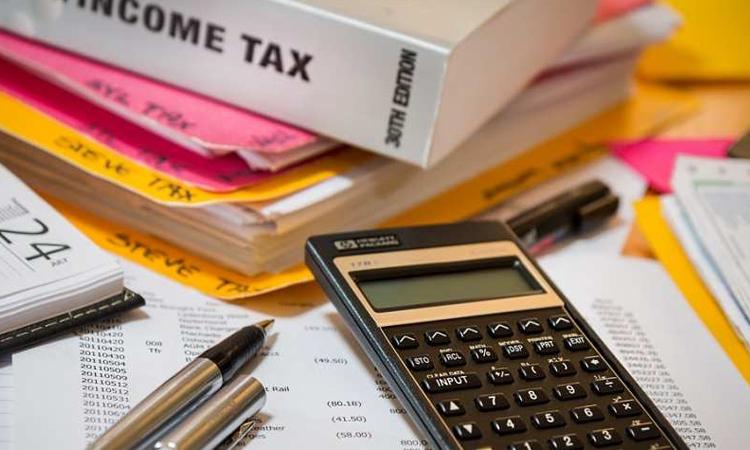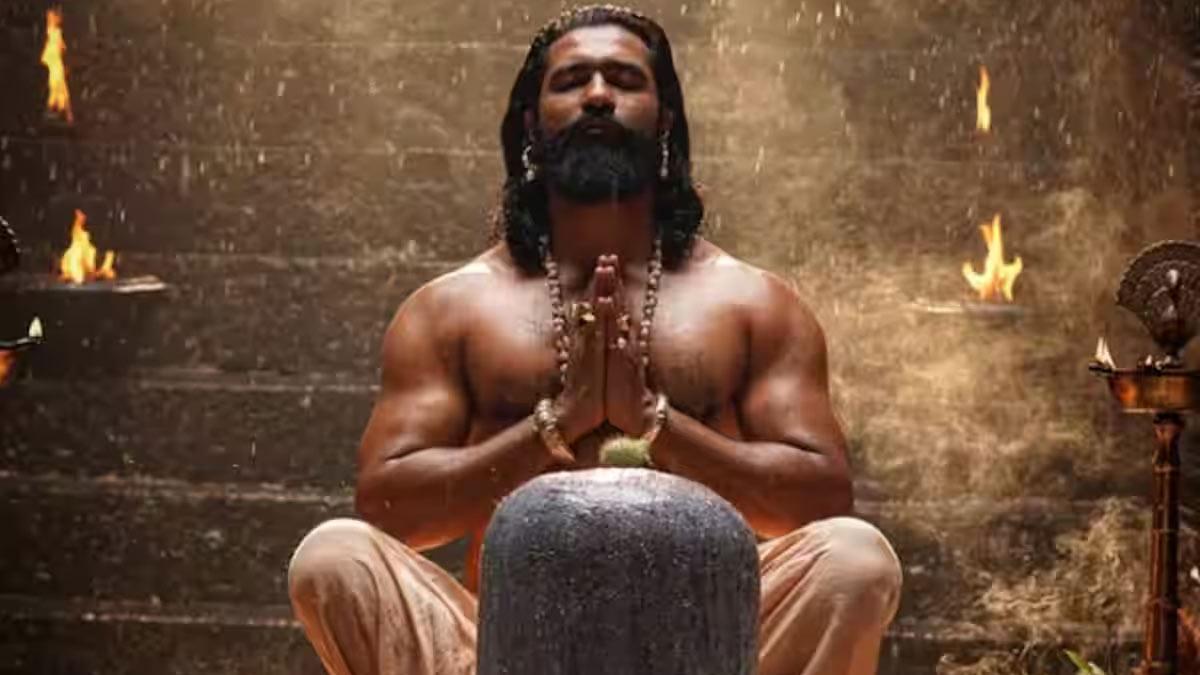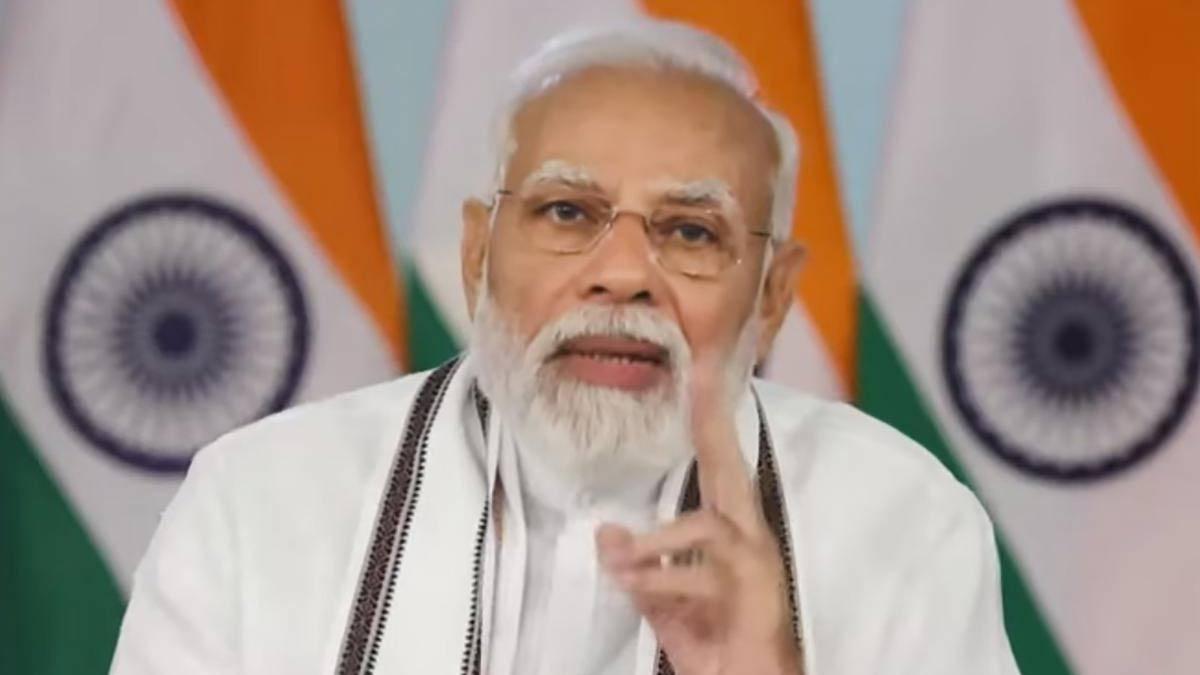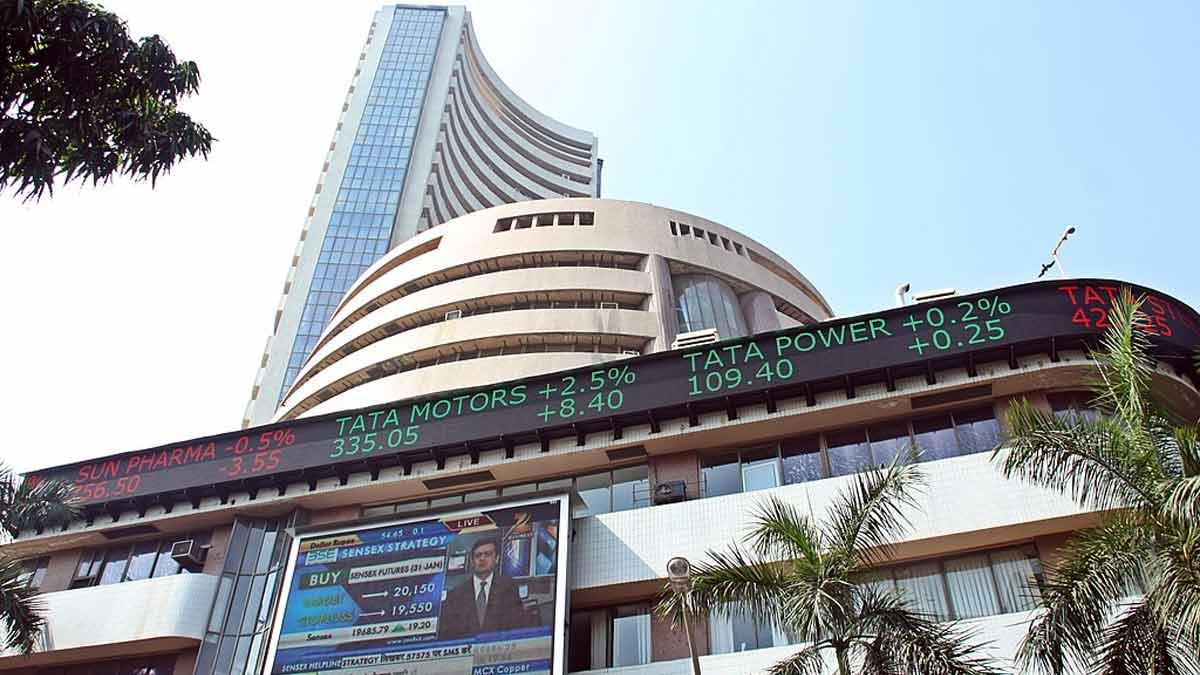As Union Budget 2021 is almost at doorsteps, every section of the society - from business tycoons to homemakers- is eagerly awaiting for the D-day so that they may decide upon their expenditures for the upcoming fiscal year. Finance Minister Nirmala Sitharaman's budget speech can be accessed in different languages on language-specific news channels. However, if you want to understand what the budget speech actually means for you and the country, you should be aware of the key terminologies associated with the budget.
Here we simplify the most often used terms in the budget that will help you understand it better:
Contingency Fund: This is meant to fulfill the emergency needs of the government that arise unexpectedly, such as disasters especially economic crises. The fund is held by the Finance Secretary on behalf of the President of India. It was established through the fund of India Act 1950 which was 50 crore rupees until 2005 and was raised to 500 crore rupees.
Consolidated Fund: This is the revenue raised through money borrowings and interest receipts from the loans given by the government. All expenditures are made from this fund excluding exceptional items. No money can be withdrawn from consolidated funds until parliament approves it.
Capital Receipt/Expenditure: This is the revenue generated from converting a public asset into capital which is done through disinvestment. For example, the government selling its share in any public sector company like it decides to sell its share in Indian Railway.
Also, if the government releases a loan to someone, expecting interest through that, the expenditure would be counted under this account.
Non Tax revenue: Interests received by the government on the loans given to states, railways, and other public sector companies, are the most essential part of the non-tax revenue including dividends and profits from public sector companies.
Monetary Policy: It enables the central bank which is the Reserve Bank of India (RBI) to regulate liquidity in the economy and set up interest rates.
Market Stabilization Scheme: It empowers RBI with a stock of securities using which, it can intervene in the market to manage liquidity. The scheme was launched in 2004 with an aim to strengthen the power of RBI to conduct exchange rate and monetary management.
Union Budget- Annual Financial Statement: Article 112 of the Indian Constitution mandates the government to present its estimated revenue and expenditure for each financial year that starts from 1st April to 31st March of next year.
Banking Cash Transaction Tax (BCTT): It is a small tax that a person has to pay on cash withdrawal from banks beyond the set limit for a single day. It was introduced during the Union Budget 2005-06.
Fringe Benefits Tax (FBT): Introduced during Union Budget 2005-06, FBT is a tax on perquisites or fringe benefit that is given to an employee by his/her employer apart from the salary or wages. Employers have to pay FBT on the percentage of the expenses incurring from such perquisites.
Grant-in-aid and Contributions: These are the transactions made within government bodies and the or from the government to independent bodies such as judiciary or Election Commission, without an obligation of repayment. For example, expenditure on Election, judiciary, and parliament. It is meant for the organs of the country that are supposed to work even though the country is going through elections.
Securities transaction tax (STT): By abolishing long term capital gain tax, the government of India in 2005, replaced it with STT. STT is a small tax paid by an investor considering the total paid or received in a share (or property) transaction.
Corporation Tax: This tax is applied to the profits of corporate companies.
Custom Duty: Customs are taxes that are applied on imports of goods and services from other countries.
Excise Duty: It is imposed on the goods that are made in India.
Direct Tax: The burden of such taxes is bearded by the people whom it is levied. For example, income tax, FBT, BCTT, and STT.
Indirect Tax: Though these taxes are charged from those it is levied but they are not paid directly to the government. It is made by the service providers or Manufacturers. People pay it to companies goods and services and from there it is given to the government.
Union Budget: It is an estimate of the Government's revenue and expenditure for the upcoming fiscal year, which runs from April 1 to March 31 in India. It is also called 'Annual Financial Statement' which has to be placed before Parliament for each financial year under Article 112 of the constitution.
Capital Budget: It consists of capital receipts (Government loans raised from the public, Government borrowings from the Reserve Bank and treasury bills, divestment of equity holding in public sector enterprises, loans received from foreign Governments and bodies, securities against small savings, State provident funds, and special deposits) and capital payments (capital expenditures on construction of capital projects and acquisition of assets like land, buildings machinery, investments in shares, and loans and advances granted by the Central Government to State Governments, Government companies, corporations, and other parties.)
Revenue Budget: It includes the government's revenue receipts and expenditure. There are two parts of revenue receipts, tax, and non-tax. Tax ones include income tax, corporate tax, excise, customs, service, and other duties. The non-tax revenue sources include interest on loans, dividend on investments etc. Revenue expenditure, on the other hand, is the expenditure incurred on the day-to-day running of the Government. It also includes interest on its borrowings, subsidies and grants given to State Governments.
Finance Bill: This bill includes proposals for the levy of new taxes, alterations in the present tax structure, or continuance of the current tax structure.
Budget Estimates: It is an estimate of the Centre's spending during the upcoming financial year and the income received through taxes.
Balance of payments: It reflects the difference between the demand and supply of any country's currency in the foreign exchange market.
Public account: This fund is constituted under Article 266 (2) of the Indian Constitution. It consists of the funds that the Government receives from its bank-like operations (provident funds, small savings etc.). These funds do not belong to the government and they have to be paid back to their rightful owners at some time.
Primary Deficit: It is measured by calculating the difference of the current year's fiscal deficit and interest payment on previous borrowings.
Service Tax: These taxes are applied to services like telephone, internet.
Non-tax revenue: This is the revenue of the government that is generated from sources other than taxes. It can include interest on loans to states and railways and profit of government companies.
Revenue Deficit: It is measured by calculating the excess of disbursements over receipts on revenue account.
Treasury bills (T-bills): These are bonds with a maturity period of less than a year. These are issued to meet the government’s short term needs.
Central plan outlay: It is the allocation of the government's monetary resources to various ministries and different sectors of the economy.
Plan expenditure: These are the expenses that help in increasing productivity in the economy. It is budgetary support to the plans of the central government and governments of states and union territories.
Cess: These are the small taxes that are applied on both corporate tax and income tax to meet specific needs. For example, Swatchh Bharat Cess.
Export Duty: This is a tax that is imposed on the goods and services that are exported out of the country.
Surcharge: This is an additional tax applied to the cost of goods, services beyond the initially quoted price. It is levied on the tax payable, and not on the income generated.
Ad-valorem duties: It is a tax based on the value of a transaction or of property. It is imposed at the time of transaction (e.g. in case of Sales Tax, VAT etc.)
Revenue Receipt/Expenditure: Revenue receipts neither add to assets of the government nor they create any liability for them. It includes the money coming from taxes and other charges and fees or charges on the services that are provided by the government, interests on loan to states and government bodies.
Revenue expenses that do not help in creating new assets fall under this category. These are simply salaries to government employees, subsidies (such as subsidy on LPG), and interest payments by the government.
Public debt: This is the total amount of the government's liabilities and borrowings for its development work. It is paid from the consolidated funds.
Value-Added Tax (VAT) and GST: VAT is a tax that is applied on a good for each stage of its supply chain for value-add, such as transportation tax.
GST is a comprehensive tax that is applied to goods and services and it almost overshadows VAT. It was implemented in India from 1st July 2017.


















